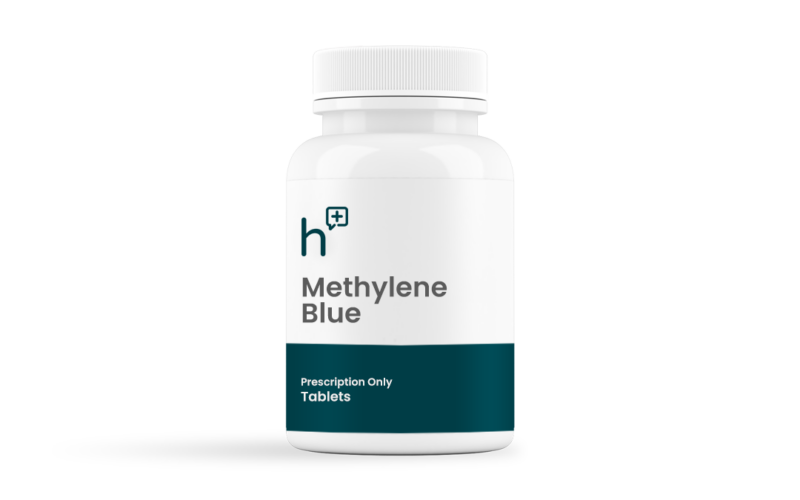Methylene blue represents an interesting compound in modern medicine, available through physician guidance. Research continues to explore its potential roles in various aspects of health, from cellular function to cognitive processes.
What is Methylene Blue?
Originally created as a textile dye in the late 1800s, methylene blue has evolved far beyond its initial purpose. Scientists discovered that this compound, which appears as a dark green powder turning deep blue in water, had properties that warranted further investigation. This discovery led to decades of research examining how it interacts with various biological systems.
The journey of methylene blue from industrial dye to medical compound represents one of the more fascinating developments in medical research. Its ability to interact with cellular processes has drawn significant scientific interest, leading to ongoing studies about its potential applications in various medical contexts.
Understanding Cellular Interactions
At the cellular level, methylene blue interacts with mitochondria, the structures responsible for producing energy in our cells. Think of mitochondria as tiny power plants – they generate the energy our cells need to function. Research suggests methylene blue may influence how these cellular power plants work, particularly in their energy production processes.
Scientists have observed that methylene blue can move freely through different body systems, reaching various tissues and cells. This ability to travel through the body makes it particularly interesting to researchers who study how compounds interact with different biological systems. Its interaction with mitochondrial function remains an active area of research.
Cognitive Function Research
Research laboratories around the world study how methylene blue interacts with brain cells and cognitive processes. Scientists examine its effects on various aspects of brain function, including memory and cognitive performance. This research helps build understanding of how the compound interacts with neural systems.
The compound’s ability to cross certain biological barriers makes it particularly interesting in cognitive research. Scientists continue to study how it might influence various aspects of brain function, though much remains to be learned about these processes.
Antioxidant Properties
Among methylene blue’s interesting properties is its antioxidant capability. Antioxidants play roles in protecting cells from certain types of stress. Research continues to examine how methylene blue’s antioxidant properties might function in biological systems.
The compound’s interaction with cellular processes extends to various protective mechanisms. Scientists study how these properties might influence cellular health and function, particularly in contexts where cellular stress may be a concern.
Current Research Directions
Modern research examines methylene blue from multiple angles. Scientists study its interactions with cellular energy systems, its antioxidant properties, and its effects on various biological processes. This research spans multiple fields, from basic cellular biology to specific applications in medical contexts.
Laboratory studies continue to reveal new aspects of methylene blue’s behavior in biological systems. Researchers examine how it interacts with different cellular components and what effects these interactions might have. This ongoing research helps expand scientific understanding of the compound’s properties.
Medical Applications and Professional Guidance
Any medical use of methylene blue requires proper healthcare provider oversight. These professionals carefully evaluate individual circumstances and medical histories while monitoring treatment effects. Their expertise helps ensure that any medical applications align with current medical knowledge and best practices.
Healthcare providers who work with methylene blue undergo specific training to understand its proper use and applications. They learn about appropriate protocols, monitoring requirements, and how to evaluate individual responses to treatment. This specialized knowledge helps them make informed decisions about when and how to use methylene blue in medical contexts.
Future Research Perspectives
Scientists continue to study methylene blue to understand more about its properties and potential applications. This ongoing research examines how the compound interacts with various biological systems and what roles it might play in different medical contexts. Researchers work to expand knowledge about its mechanisms of action, always seeking to better understand how it functions in various applications.
The future of methylene blue research looks particularly interesting as new technologies allow for more detailed studies of its effects. Scientists can now examine its interactions at the molecular level, providing new insights into how it works. This detailed research helps build a stronger foundation for understanding this compound’s potential roles in various applications.
Professional Medical Support
Understanding your options for medical care involves working with qualified healthcare professionals who can evaluate your individual situation. These providers can discuss various treatment approaches and determine what might work best for your specific circumstances. Through careful evaluation and ongoing monitoring, they help ensure that any treatment plan aligns with individual needs and goals.
Questions about methylene blue and its medical applications? Schedule a consultation with Heally today to connect with healthcare providers who can evaluate your situation and discuss appropriate options for your needs.
Sources
NIH: Methylene Blue
MDPI: Review on Methylene Blue: Its Properties, Uses, Toxicity and Photodegradation
Science Direct: Methylene Blue
Nature: Anti-Aging Potentials of Methylene Blue for Human Skin Longevity

